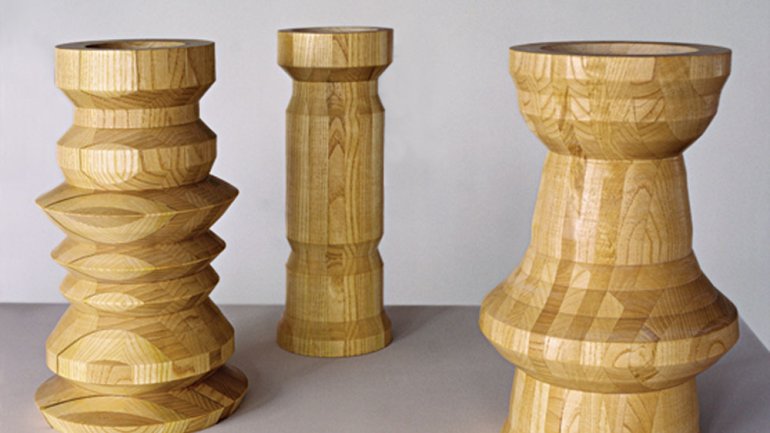A Midwest of Movers and Makers
A Midwest of Movers and Makers
Discovering an Inner Beauty
Two months ago, on a sunny September morning in Queens, I was reminded of my deep respect for the Midwest. Walking through the Socrates Sculpture Park, I stopped to inspect a strange device resembling a disheveled ice-cream truck set among various installation pieces. It was, in fact, a solar-powered wood-fire kiln trucked in from Michigan. Artists Mitch Cope, a lifelong Detroiter, and Ingo Vetter, a visiting professor from Sweden, currently at the College of Creative Studies, had created the kiln as part of their Detroit Tree of Heaven Woodshop project. The Tree of Heaven in question, I was told by one of my companions, was often called the "ghetto palm" or, less frequently, by its scientific name, Ailanthus altissima. A nonnative tree of Chinese origin, the ghetto palm is known for its ability to grow weedlike in the inner-city.
Several weeks later, I found myself at a dinner in Brooklyn with two artists in town to install benches they had designed and built at the Noguchi Museum. The benches, they explained, came from a tree of strangely beautiful yellowish wood most people call the "ghetto palm." I realized I was sitting next to the makers of the kiln in Queens. They pointed out how the Tree of Heaven Woodshop is based on the idea of using overlooked raw material. What looked like trash, or in this case a weed, to most people represented unlimited possibilities to them. They spoke enthusiastically of what Detroit offers in abundance-access to space, machinery, and people with skills and creative energy.
This chance meeting was the icing on the cake for the issue you hold in your hands. The Midwest theme has been percolating for over two years, ever since the Chicago-based architect Brad Lynch began urging me to speak to Karen Johnson Boyd of Wisconsin, a tireless advocate for the American studio craft movement ("Karen Johnson Boyd and the Art of Stealth Philanthropy," page 46). The idea picked up steam after I visited Detroit's College of Creative Studies in 2007 and had the opportunity to meet Paul Kotula, a mainstay of the Motor City art scene ("Paul Kotula on Design, Ceramics & Surviving in the Motor City," page 56). But the issue really began to take shape after speaking with Tom Loeser, a Madison-based furniture maker whose new work offers a perspective on not only the Wisconsin woods, but American furniture making in general (Tom Loeser: Taking Creative License , page 64).
While we recognize that winter may not be the ideal time to visit the heartland, we wanted to offer a tribute to an often overlooked part of the country. If other regions could conjure up even half the vision that the movers and makers included here display, we might be able to find our way through, even flourish, in what is likely to be a troubling period in our national life. We may have much to learn from the humble, tenacious ghetto palm.

